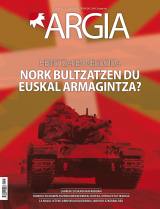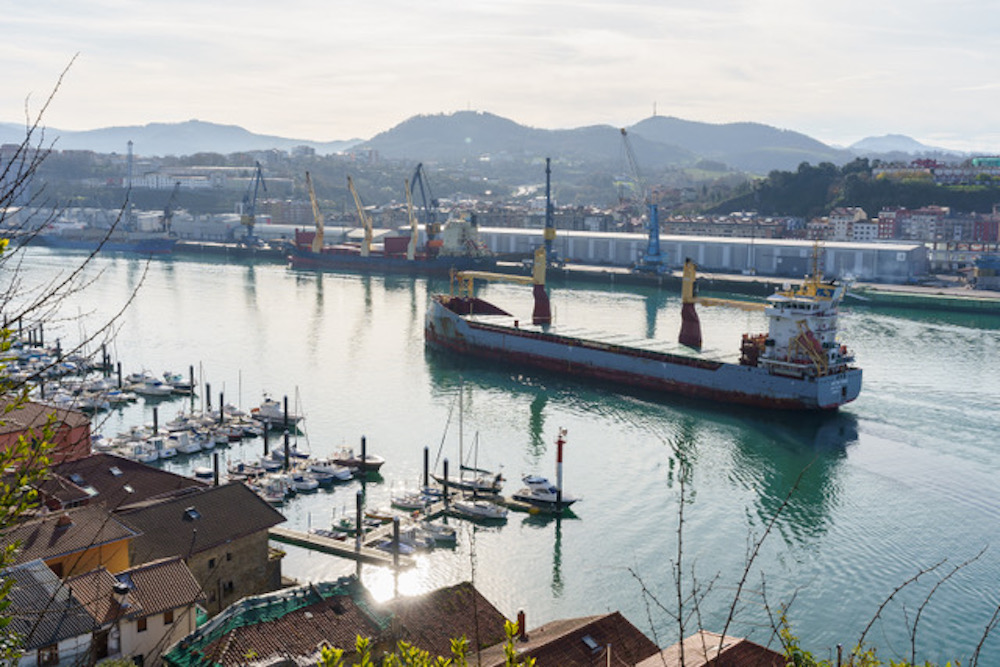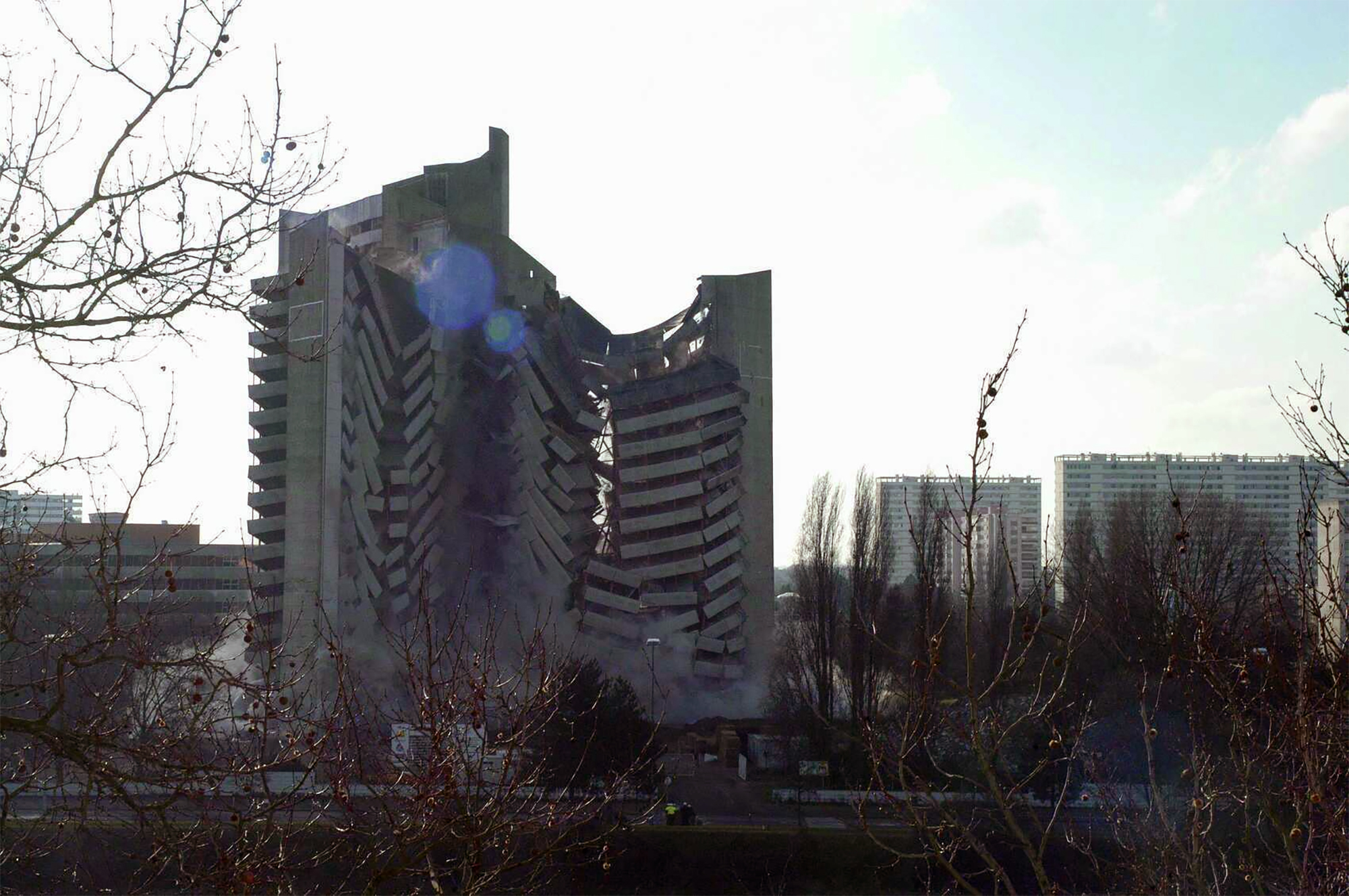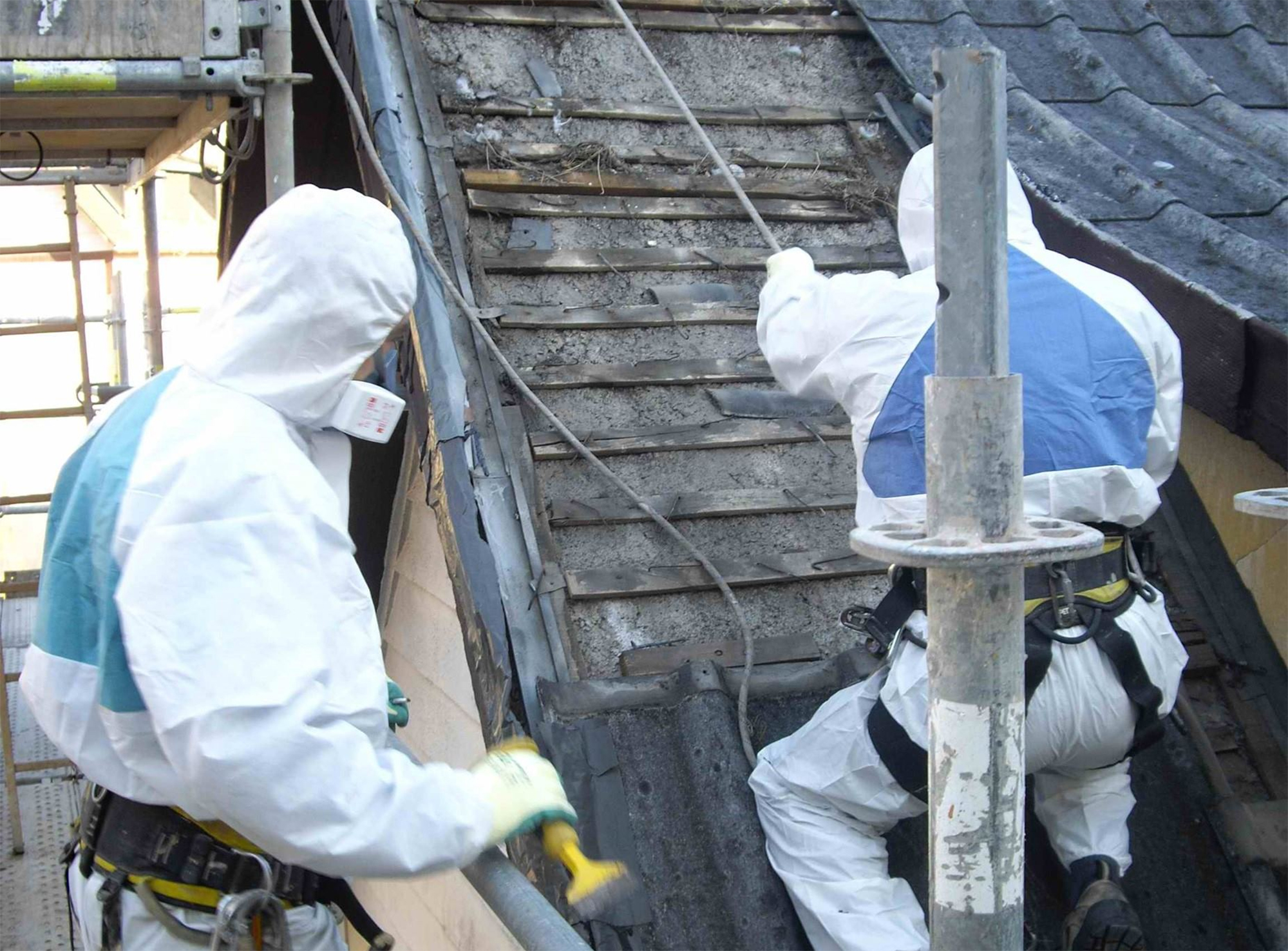Anti-asbestos militants: you have an industry infiltrate
- He would do so because of his friendly and noble behavior or his courage in campaigns, but world leaders against asbestos had their confidence for four years in English Robert Moore. Among the most skilled entrepreneurs, a crucial role was being played for an industry that is still filling the world today with polluting materials. A century after asbestos has been known to be deadly, in most countries it has been ensured that its production and sale are not stopped.
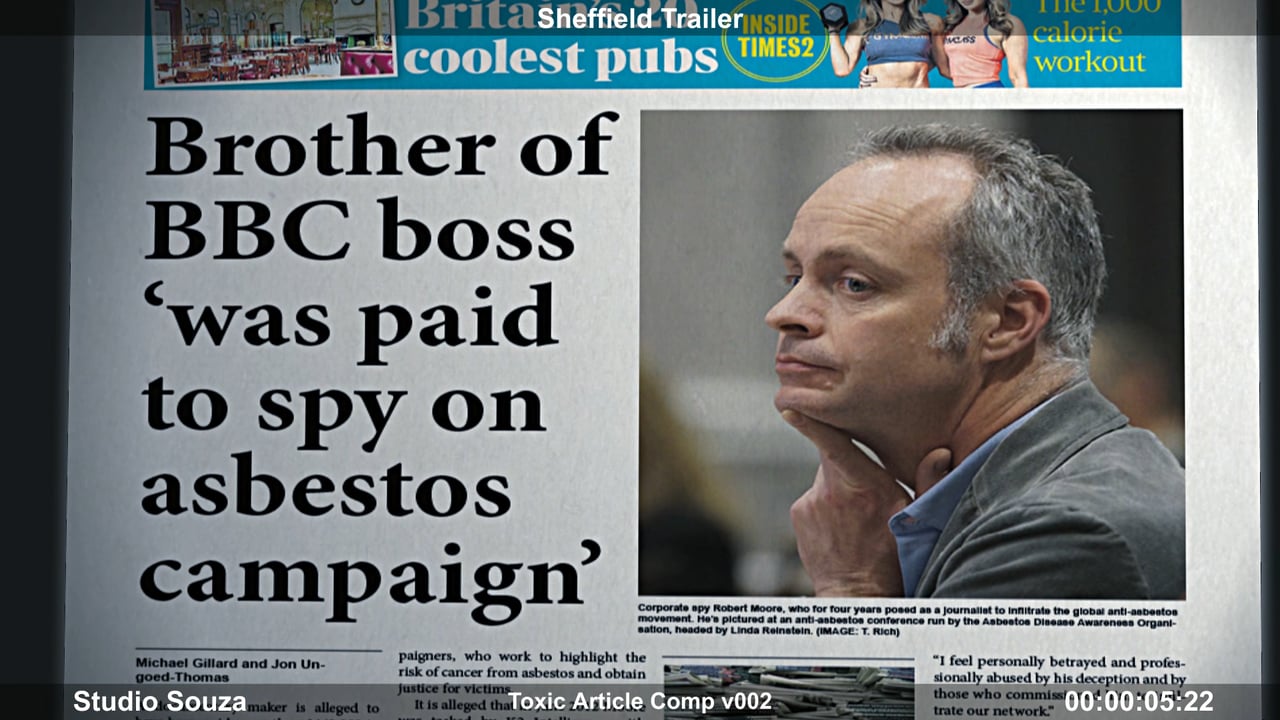
In 1998, the Treaty of Rotterdam was signed, making it compulsory to inform purchasers of risks in international transactions in dangerous chemicals. The Pact, under the umbrella of the United Nations, holds its congress each year, in which they meet with national authorities, on the one hand, representatives of industry and, on the other, organisations that regulate pollutants and encourage prohibition.
Since its inception, the ban on asbestos is one of the most contentious issues of the Rotterdam Pact, with the participation of the Asbestos Disease Alert Organization (ADAO), which brings together the victims of the infection among its militants. The 2017 conferences lacked a familiar face in the representation of ADAO, Robert Moore. A few months earlier it was known that what was considered a fervent anti-pollution warrior was actually a spy on the other side of the table, the asbestos boss.
Linda Reinstein, one of the founders of ADAO, lost her husband in 2006 by being dragged into a working mesothelioma, cancer caused by asbestos fibers. “Our partnership – he said to the Montreal Gazette newspaper – has spent thousands of dollars in vain to convince and pay Rob Moore. However, the pain of being betrayed is stronger than the loss of money. It's terrible, impossible to forgive, to see a man like him happening in an assembly of asbestosis victims. Have we not suffered enough?”
Using the legal accreditation of a filmmaker, Moore first approached the International Secretariat for the Prohibition of Asbestos (IBAS) in London. Among its best-known members would be a tireless anti-asbestos activist. With the excuse of the documentary prepared on the subject, the movement infiltrated the group meetings it has around the world, gathered detailed information about the plans and movements of the leaders, participated in public congresses and came to represent the organizations it spy.
USA, Adao, and also among the militants of Canada. Canadian veteran Kathleen Ruff tells the journalist how she found Moore at a congress in Thailand. Ruff himself helped him obtain his credentials for the 2015 edition of the Treaty of Rotterdam. He recalls that he asked a lot of questions about the sources of funding for the movement and how he asked him to mediate – and the difficult and wise militant denied him – with the officials who were involved with anti-asbestos within the Canadian government.
The fact is that in September 2016, NGO Global Witness sued Robert Moore in London for spying on anti-asbestos movements. Apparently, it was Moore himself who went to Global Witnessera, which investigates cases of corruption in the world, with some surprising confessions: that it was an infiltrate, paid by the security company K2 Intelligence, that the commission did Nurlan Omarov, which has a chrysophilous mine – white asbestos – in Kazakhstan..........
Moore asked Global Witness leaders to keep the secret, because he feared that revealing the case to people would hurt the career of his sister Charlotte, who is at the head of the BBC public chain. The request was dismissed and the matter was brought to the attention of the asbestos movement, which has also been made available to the courts. Moore had to hand over 300,000 documents stolen from his members to the judge, who were intervened by the Foral Police.
“Current asbestos is not the same”
The asbestos employers' spy had reason to put his nose into the movements in Canada. In the world there are half a hundred countries, including Europe, which have banned the marketing of asbestos, but in the rest it is freely sold, including the United States and Canada. Industry was nervous since Prime Minister Justin Trudeau announced earlier this year the decision to ban Canada as well.
Although the World Health Organization estimates that asbestos causes 100,000 deaths a year on the planet, its use cannot be cut. In the 2017 edition of the Treaty of Rotterdam, victim associations have tried to ban it, but they have failed again. The proposal, voted against by India, Russia, Kazakhstan and Zimbabwe, has collapsed, because under the rules of the Treaty the decision requires the unanimity of all countries.
The industry makes an efficient lobby with all the means at its disposal to keep selling what they always call chrysophilous. Chrysotile is a white asbestos or asbestos, but industrialists want to convince people that it can be used safely. On the one hand, they try to generate doubt about the research that has shown the danger of asbestos. In the same tactic used by the tobacco, oil or coal industries, it is not a question of refuting science, but of raising doubts about the value of published research.
Canadian entrepreneur Kathleen Ruff is well aware of these methods: “Break the science. The industry pays scientists to publish non-objective studies. In Canada, false scientific reports have been published for years that have corrupted the country’s health policy.”
In the fight against asbestos, entrepreneurs also meet NGOs, created at the expense of industrial money, who try to frame debates and actions. Another classic tool is infiltration into the movements of spies like Robert Moore, which lobbies now get more concealed by the intermediation of security companies like K2 Intelligence.
K2 Intelligence to Moore is the Kazakh Nurman Omarov, director of the International Chrysotile Association (ICA). This neutral name covers the global asbestos employers. Kazakhstan is, along with Russia, China and Brazil, the world’s largest producer, and in the anti-ban crusade, industrial travel from the United States, Canada and other countries.
Science and experience use a lot of money to deny what we've been taught about asbestos mortality, for example, through websites like No Crysotile Ban. In Russia and many others, they have managed to get almost no one to talk about the risk of asbestos. Meanwhile, mesotheliomas are on the rise in the world.
Fortunately, most industrial companies start to understand, after the many convictions, that a small exposure to asbestos fibres, without adequate respiratory protection, is sufficient to cause a serious lung disease that causes ten times more deaths than accidents at work, even... [+]









